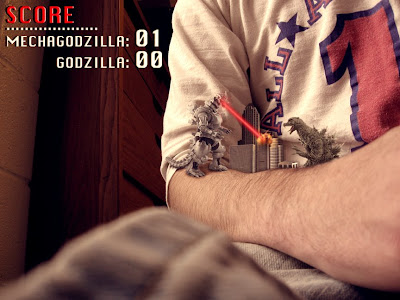Monday, April 13, 2009
Dia:Beacon Field Trip
Monday, April 6, 2009
Poetry Project Poem and Idea
"Other Fish"
Mike Doughty
A girl with a backpack on a cellular phone sighs;
between the exhale and the first consonant
a van barrels through her. And who knows
what the boy thinks, his line slipping from her voice,
her words sucked backwards through the wire?
Two hours from now he’ll be drunk,
his slurred thoughts slobbering over motives,
why she decided suddenly to leave him
and hung up mid-word.
The phone yelps angrily from under a bus,
and she lays splayed like an asterisk
in the dreary sentence of Fourteenth Street
My idea for this project entails making every line of the poem a page in the book and every piece of text a piece of art. For instance, for the last part of the poem about the asterisk in the dreary sentence of Fourteenth Street, I may use type to make the asterisk look more violent and make the last line like a street. This idea is currently a work-in-progress and I am still working on fresh ideas to spice it up.
Sunday, March 22, 2009
Tuesday, March 17, 2009
Frida Kahlo/Cindy Sherman/Cui Xiuwen Discussion

Frida Kahlo produced some very intriguing artwork that focused on the female figure, much in the same way that Cindy Sherman and Cui Xiuwen depicted women in their pieces. However, Kahlo's work is different for a number of reasons. Of the three artists, Kahlo can be considered to be the most "traditionally artistic", using oil paints and more traditional methods to produce her art. Although she was creating art in a more traditional way, her work still exhibits an interesting combination of surrealism and realism that Sherman and Xiuwen touch on less. Also, Frida Kahlo's artwork reflects a certain self-portrait style, that is much more apparent in her paintings than the other two artists' photographs. In these two ways, Kahlo's work is more overtly symbolic, and gives off a feeling of intention. Using herself in her paintings to express her suffering was almost an act of placing herself as a representative of women in society.
Cindy Sherman

Cui Xiuwen

Project 2: Self-Visualization Ideas
Idea No. 2: I will have another three-panel image, yet this time it will look very much like a comic book. My art is so influenced by comic books, considering they are what I first learned art from. I would add in word bubbles, thought bubbles and different effects (there are actually tutorials online on how to do this) to make it look like a real vintage comic book. I feel as though this would reflect my artistic roots as well as describe an important source for my inspiration.
Idea No. 3: I'm not sure if this qualifies as a triptych: My idea is to Have a photograph of me holding a picture frame and then photoshop another photo of me holding a picture frame into the first frame and then do the same a third time. This would be a much more introspective project and would be commenting on the different personalities I exhibit in my life. Obviously, each picture would differ very much to reflect a different perspective.
.gif)

